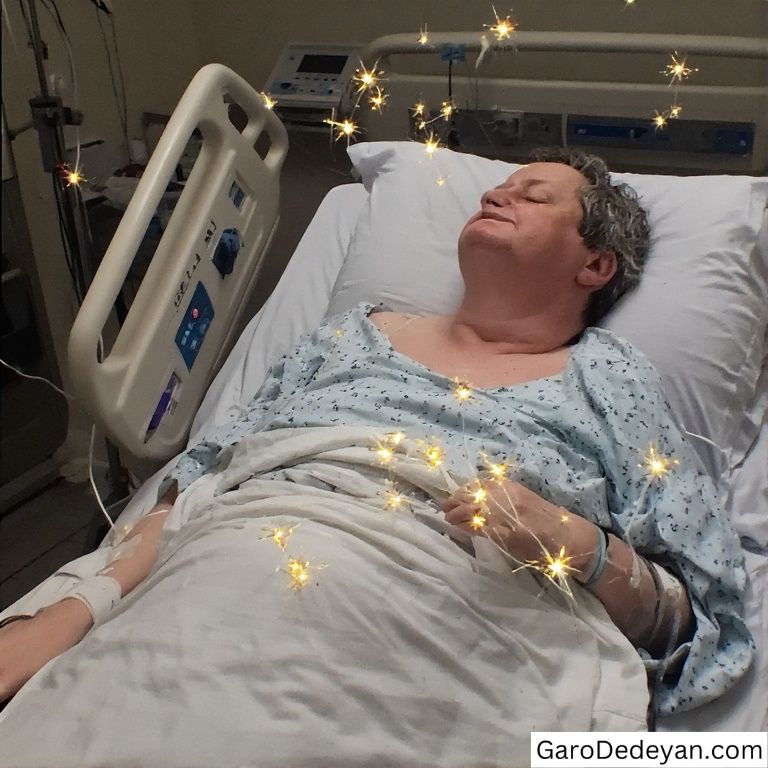Most of us are now familiar with the term “NDE,” or near-death experience. Over the years, many individuals have come forward with remarkable accounts of what they witnessed during moments when they were clinically dead. While each story is personal, specific patterns emerge. Many describe encounters with loved ones or advanced beings on what they perceive as the other side. In some cases, a kind of conversation occurs, ending with the individual being told that it is not yet their time and that they must return to life on Earth.
Those who undergo a near-death experience often speak of a profound reluctance to return, citing the overwhelming sense of peace and unconditional love they encountered. Some can reintegrate into their lives with renewed purpose, carrying with them a deeper understanding of connection and meaning. Others, however, struggle to adjust. The contrast between the serenity of that other realm and the challenges of earthly existence can be stark, and some individuals find themselves leading lonely or isolated lives as a result.
What is striking about genuine NDE accounts is the depth of transformation they often bring. Even scientists who have had such experiences sometimes speak publicly about their newfound perspective on life, consciousness, and the possibility of an existence beyond death.
As I reflect on the phenomenon of near-death experiences, I am drawn to consider the psychological and emotional dimensions of such encounters. To what extent do our inner states shape what we perceive in these moments? Some argue that NDEs are purely neurological or psychological events, while others are certain that they point to a reality beyond the material. Perhaps, in the end, it is a mystery that lies beyond the reach of explanation, at least for now.



